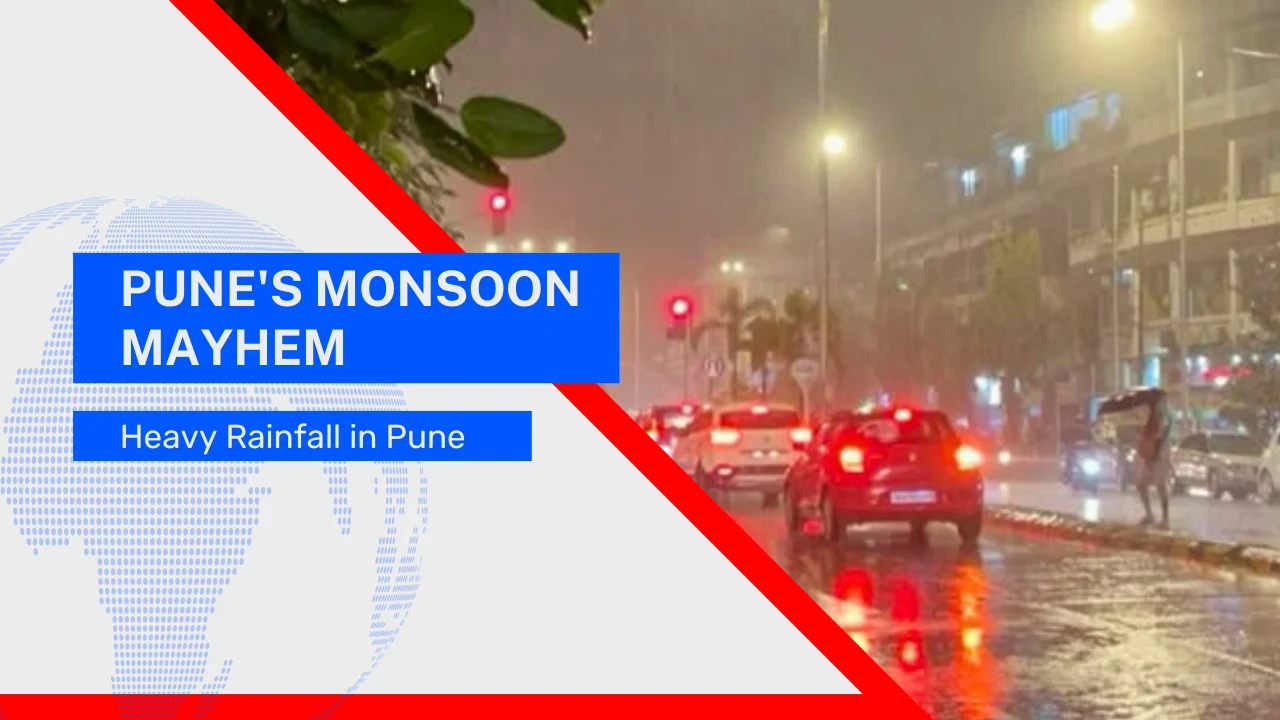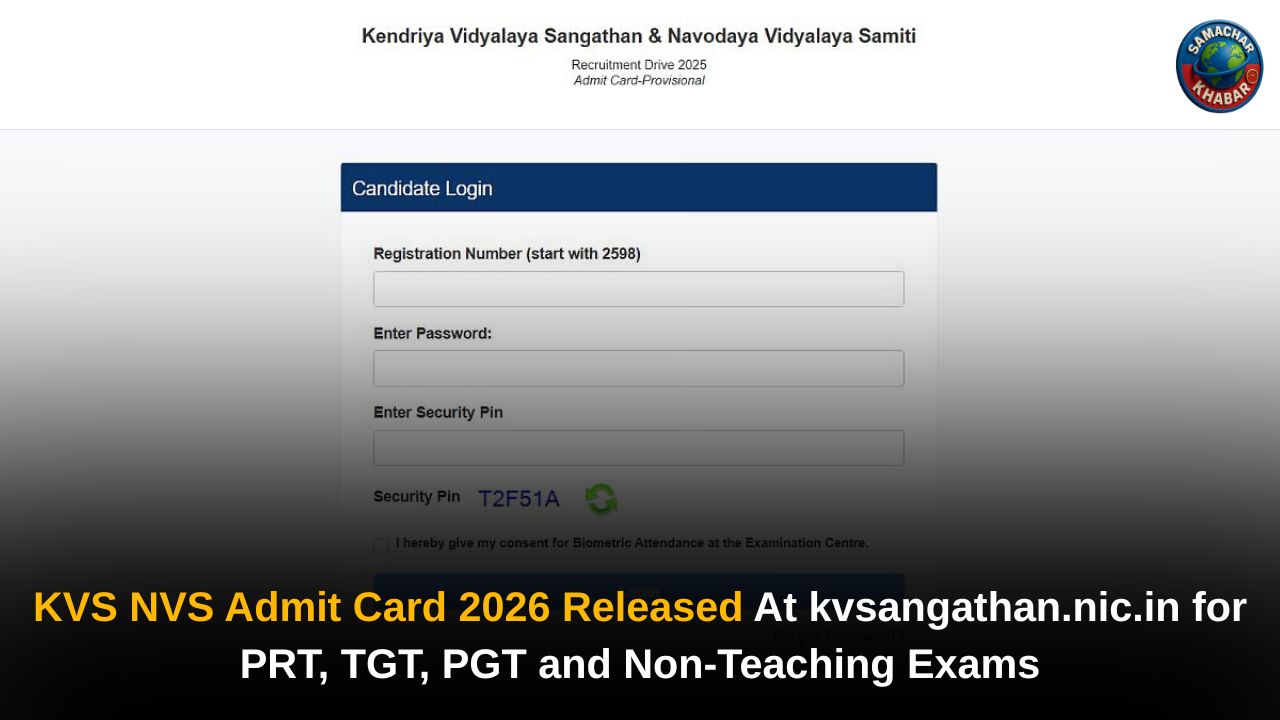Pune Rains Update: For many, the arrival of the monsoon in Pune is a much-awaited relief. The oppressive summer heat gives way to a pleasant, cool breeze, and the city’s surrounding hills burst into vibrant green. But this picturesque season often brings with it a more formidable challenge: heavy rainfall in Pune.
While a light drizzle romanticizes the city, intense downpours can quickly transform its roads into rivers and its neighborhoods into waterlogged zones. Understanding this dual nature of Pune’s monsoon is crucial for both residents and visitors.
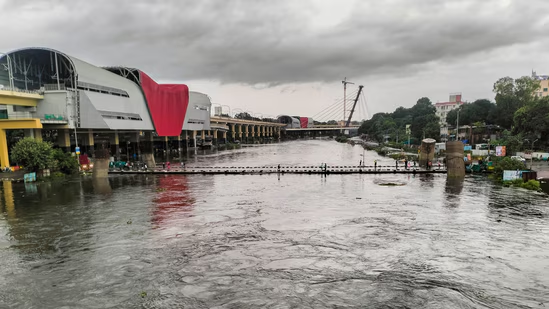
The city’s rapid urban expansion, coupled with an aging drainage system, has amplified the effects of these powerful rains. What was once a manageable seasonal event is now a serious concern, leading to traffic chaos, power outages, and significant inconvenience. This blog post delves deep into why heavy rainfall in Pune has become such a hot-button issue, what you can do to stay safe, and how the city is attempting to adapt.
Why Heavy Rainfall in Pune is a Growing Concern
Pune’s climate is typically categorized as a semi-arid, tropical monsoon climate. The city gets most of its rain between June and September. However, in recent years, weather patterns have become more erratic. The India Meteorological Department (IMD) has frequently issued “orange” and “red” alerts for the city, signaling a shift towards more intense and concentrated rainfall events.
One of the key reasons for the increasing impact of heavy rainfall in Pune is the phenomenon of “urban flooding.” This isn’t just about river banks overflowing; it’s about the city’s inability to handle a massive influx of rainwater.
- Pervasive Concretization: The city’s landscape has been extensively paved over with concrete and asphalt. This “impermeable surface” prevents rainwater from seeping into the ground. Instead, it runs off and overwhelms the existing storm drains.
- Strain on the Drainage System: Pune’s stormwater drainage infrastructure, designed decades ago for a much smaller population, is simply inadequate for today’s sprawling metropolis. Clogged drains, often filled with plastic waste and other debris, further exacerbate the problem.
- Encroachment on Natural Waterways: Historical data and studies reveal that many of Pune’s natural streams (‘nallas’) and floodplains have been encroached upon for construction. This blocks natural water flow paths, causing water to back up and flood residential areas.
The 1961 Panshet dam collapse is a stark reminder of the city’s vulnerability to water-related disasters. While a different scenario, it illustrates the catastrophic potential when natural water systems are disturbed. Today, the challenge isn’t a dam breach, but a city-wide system failure under pressure.
The Real-World Impact: More Than Just Traffic Jams
When the skies open up, the consequences of heavy rainfall in Pune are felt across all facets of daily life.
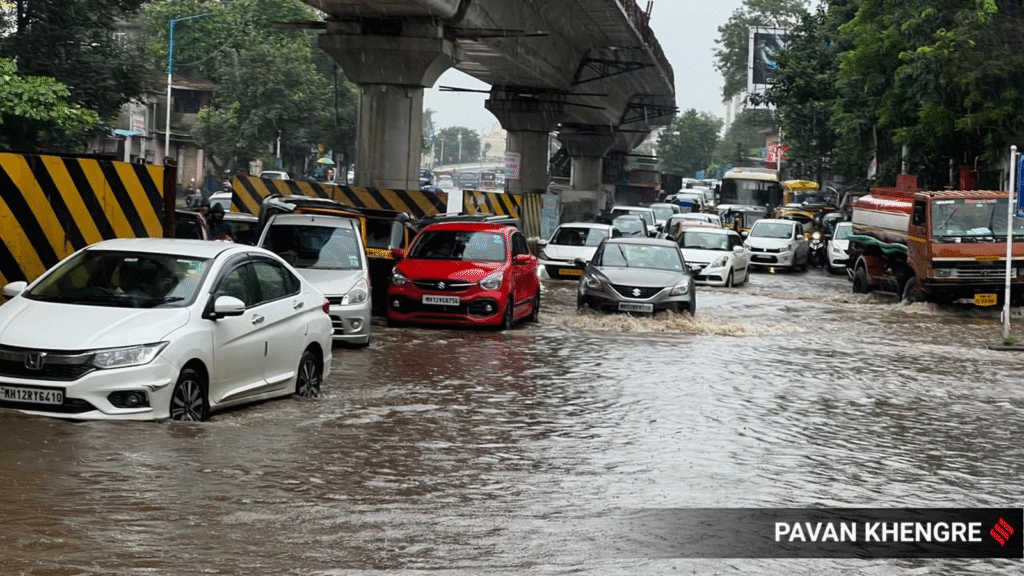
- Traffic Comes to a Standstill: Roads like the Pune-Bangalore Highway and major city arteries become gridlocked. Vehicles struggle through knee-deep water, leading to hours-long commutes. This has a direct economic impact and causes immense frustration for citizens.
- Disruption of Public Services: Power outages are a common occurrence as heavy winds and rain damage electrical lines. Furthermore, flight delays and diversions are frequent at Pune airport, as seen in recent events where multiple flights had to be rerouted due to poor visibility.
- Health Risks: Stagnant water is a breeding ground for mosquitoes, leading to a rise in vector-borne diseases like dengue and malaria. Contaminated floodwaters also pose a risk of water-borne illnesses.
According to a recent report, several low-lying areas in Pune have reported heavy waterlogging, with local authorities dealing with hundreds of complaints of tree falls since the monsoon began. This demonstrates the tangible and immediate risks faced by residents.
Also Read: Met Office Weather Warning: Your Essential Guide
How to Prepare and Stay Safe
While the city works on long-term solutions, individual preparedness is key to navigating the monsoon safely.
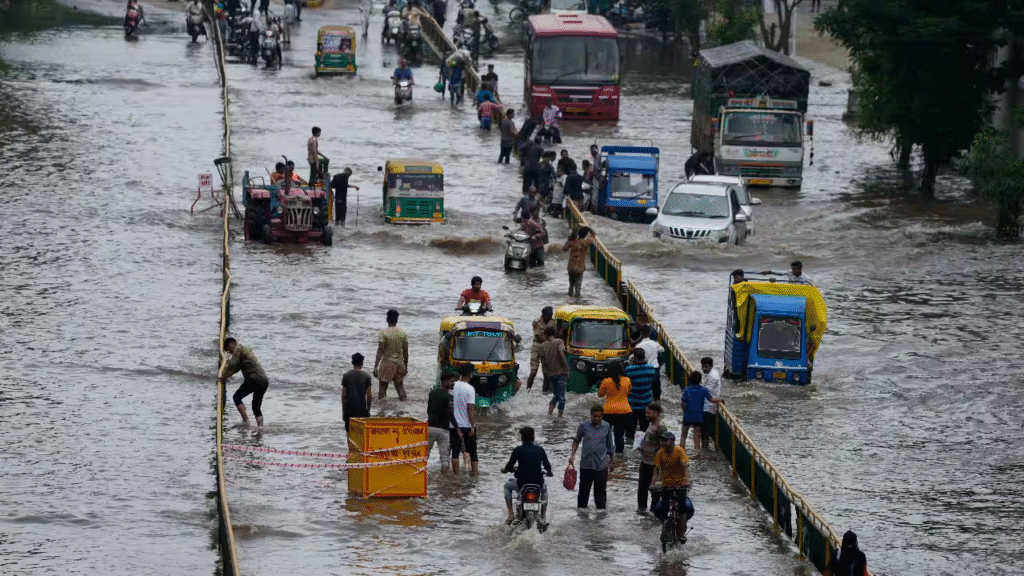
- Stay Informed: Always check weather updates from reliable sources like the IMD or local news channels before you step out.
- Plan Your Commute: Avoid traveling during peak downpours. If you must travel, use apps to check for waterlogged routes. Consider using public transport or working from home if possible.
- Secure Your Home: Clear your balcony and terrace drains. Check for any leaks or cracks in your roof and walls. Keep an emergency kit ready with essentials like a flashlight, a power bank, first-aid supplies, and some non-perishable food.
- Prioritize Health: Drink only boiled or filtered water. Avoid street food, especially cut fruits and juices, as they can be a source of contamination. Use mosquito repellents and wear full-sleeved clothes.
What the City is Doing About It
The Pune Municipal Corporation (PMC) is under increasing pressure to address the issues caused by heavy rainfall in Pune. While progress can be slow, there are efforts underway.
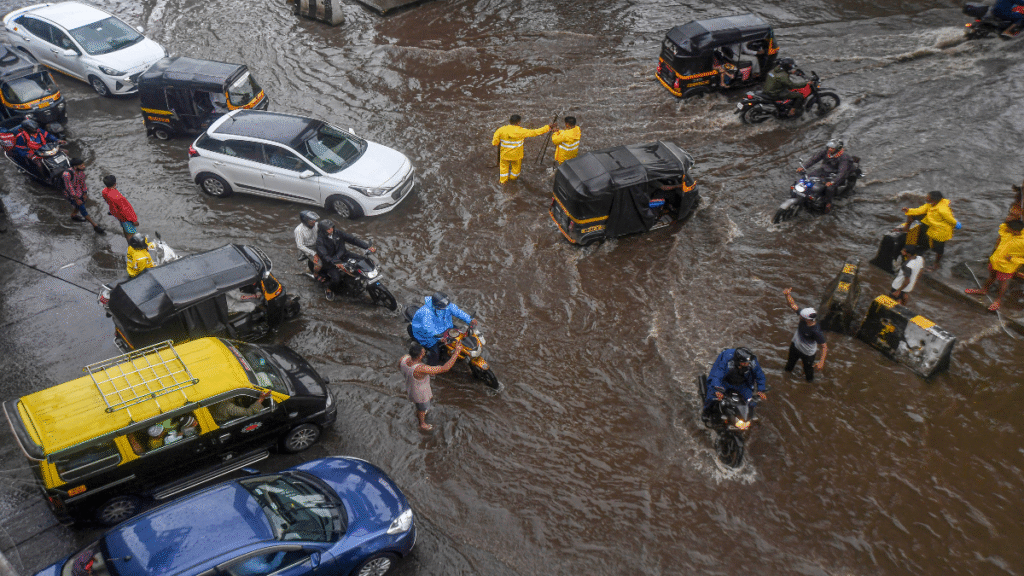
The state has recently approved a significant budget to build a new stormwater drainage system in 16 newly merged villages, a step aimed at strengthening basic infrastructure in rapidly urbanizing areas. However, many experts and citizens believe a more holistic approach is needed, including:
- Restoring Natural Waterways: Desilting and clearing encroachments from rivers and streams like the Ambil Odha.
- Adopting Sustainable Urban Design: Implementing “sponge city” concepts by using permeable paving materials and creating more green spaces that can absorb rainwater.
A City Adapting to a Changing Climate
The heavy rainfall in Pune is more than just a seasonal nuisance; it is a clear indicator of how climate change and unchecked urbanization are impacting our daily lives. While the monsoon holds a special place in the hearts of Punekars, the reality of urban flooding cannot be ignored. By combining individual preparedness with robust, long-term city planning, Pune can transform its relationship with the monsoon from one of struggle to one of harmony.
Let’s work together to make Pune a resilient and safe city for all. For more information on environmental sustainability and urban challenges, check out our blog on sustainable living and for tips on staying healthy during the monsoon, explore our guide to a healthy monsoon season.

